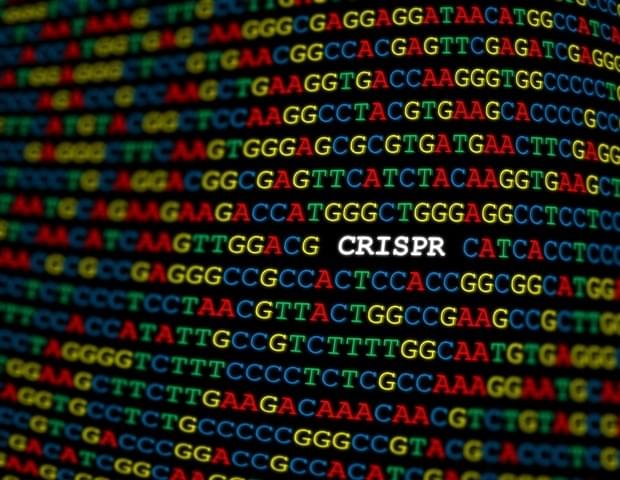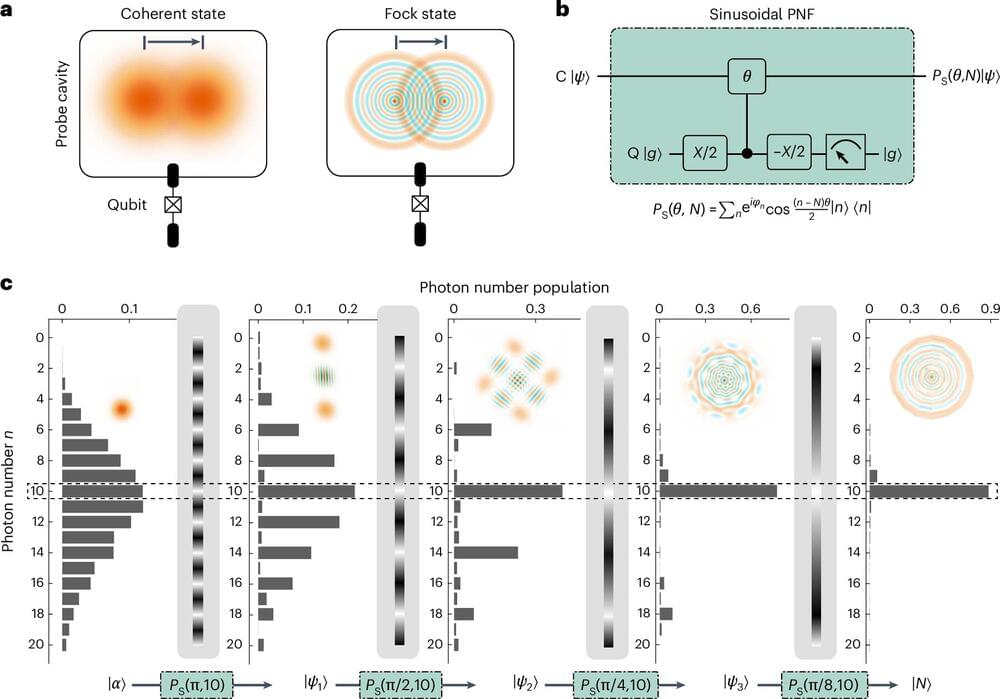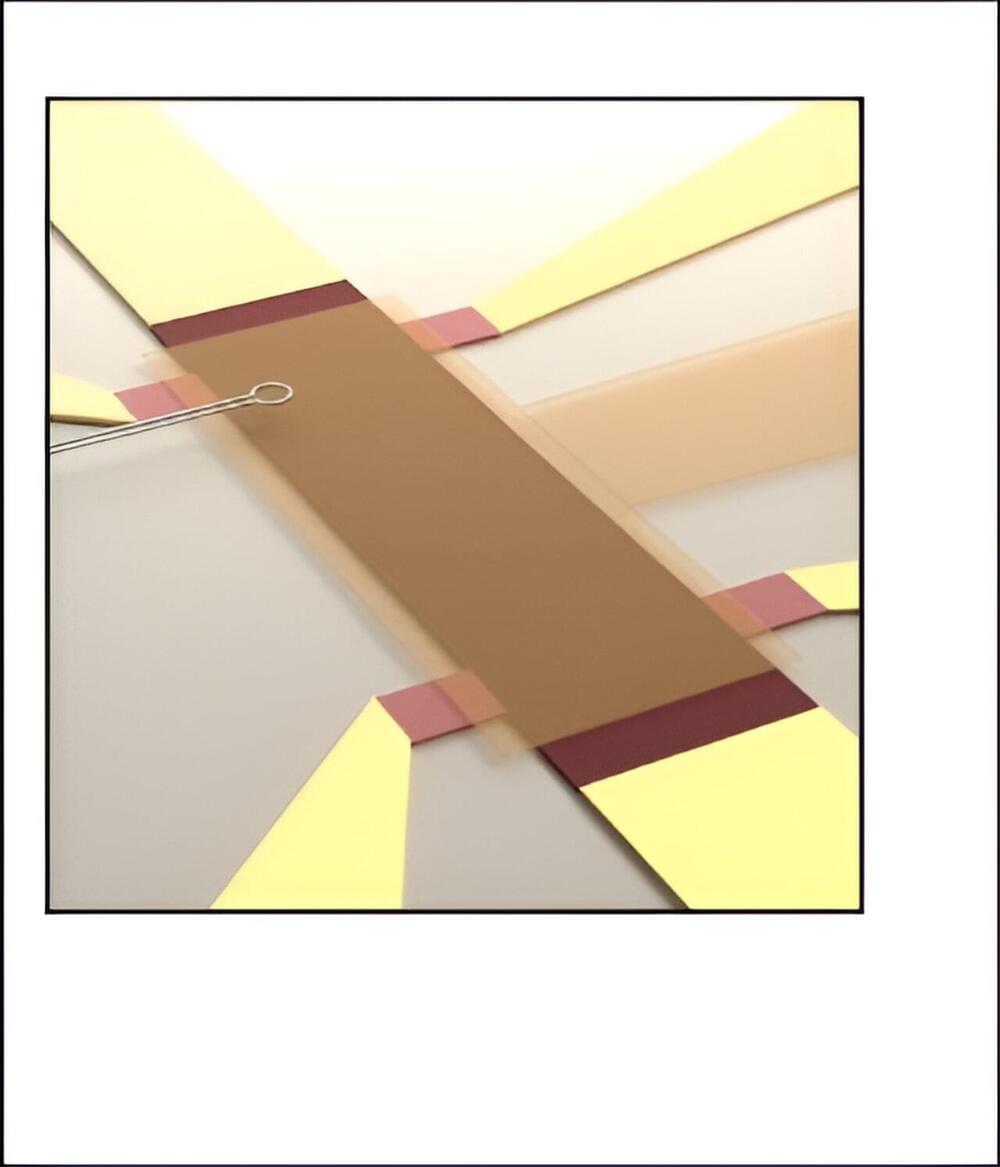Page 2
Sep 26, 2024
CRISPR-Cas13 emerges as a game changer in RNA-targeted therapies
Posted by Paul Battista in categories: bioengineering, biotech/medical, chemistry, genetics
In recent years, the scientific community has made significant strides in the field of gene editing, particularly through the development of the CRISPR (Clustered Regularly Interspaced Short Palindromic Repeats) systems. In 2020, the Nobel Prize in Chemistry was awarded to the scientists for the discovery of CRISPR–Cas9 system, a revolutionary genome editing technology that advanced DNA therapeutics. Subsequently, the CRISPR–Cas13 system has emerged as a potential tool to identify and rectify errors in RNA sequences. CRISPR–Cas13 is a novel technology is specifically engineered for virus detection and RNA-targeted therapeutics. The CRISPR RNA (CrRNA) targets specific and non-specific RNA sequences, and Cas13 is an effector protein that undergoes conformational changes and cleaves the target RNA. This RNA-targeting system holds tremendous promise for therapeutics and presents a revolutionary tool in the landscape of molecular biology.
Now, in a recently published BioDesign Research study, a team of researchers led by Professor Yuan Yao from ZJU-Hangzhou Global Scientific and Technological Innovation Center, Zhejiang University, China has elucidated the latest research trends of CRISPR–Cas13 in RNA-targeted therapies. Talking about this paper, which was published online on 6 September 2024, in Volume 6 of the journal, Prof. Yao says, “By focusing on RNA-;the intermediary between DNA and proteins-;CRISPR-Cas13 allows scientists to temporarily manipulate gene expression without inducing permanent changes to the genome. This flexibility makes it a safer option in scenarios where genome stability is critical.”
RNA plays a central role in carrying genetic information from DNA to protein-synthesizing machinery, and also regulates gene expression and participates in numerous cellular processes. Defects in RNA splicing or mutations can lead to a wide variety of diseases, ranging from metabolic disorders to cancer. A point mutation occurs when a single nucleotide is erroneously inserted, deleted, or changed. CRISPR–Cas13 plays a role in identifying and correcting these mutations by employing REPAIR (RNA editing for programmable A-to-I replacement) and RESCUE (RNA editing for specific C-to-U exchange) mechanisms. Explaining the applications of Cas13-based gene editors, Prof. Yao adds, “The mxABE editor, for example, can be used to correct a nonsense mutation linked with Duchenne muscular dystrophy that can be corrected with mxABE. This approach has proved high editing efficiency, restoring dystrophin expression to levels more than 50% of those of the wild type.”
Sep 26, 2024
On-demand nanoengineering of in-plane ferroelectric topologies
Posted by Omuterema Akhahenda in category: engineering
Hierarchical assemblies of ferroelectric nanodomains, so-called super-domains, can exhibit exotic morphologies that lead to distinct behaviours. Controlling these super-domains reliably is critical for realizing states with desired functional properties.
A biased atomic force microscopy tip can write complex in-plane polar topologies in a model ferroelectric Pb0.6Sr0.4TiO3 by means of a smart scan path design. Hence, on-demand generation, reading and erasing of tunable topologies is possible.
Sep 26, 2024
Why do obesity drugs seem to treat so many other ailments?
Posted by Omuterema Akhahenda in category: biotech/medical
There’s a bar in Baltimore, Maryland, that very few people get to enter.
From alcoholism to Parkinson’s, scientists are studying the mechanisms behind the broad clinical potential of weight-loss drugs.
Sep 26, 2024
Targeted partial reprogramming of age-associated cell states improves markers of health in mouse models of aging
Posted by Cecile G. Tamura in category: life extension
Partial reprogramming with the Yamanaka transcription factors is considered to be a potential anti-aging strategy, but until now largely regarded as systemic intervention.
Reprogramming aged cells through targeted overexpression of Oct4, Sox2, and Klf4 leads to beneficial health effects in progeroid and aged mice.
Sep 26, 2024
Physicists Reveal a Quantum Geometry That Exists Outside of Space and Time
Posted by Genevieve Klien in categories: particle physics, quantum physics
A decade after the discovery of the “amplituhedron,” physicists have excavated more of the timeless geometry underlying the standard picture of how particles move.
Sep 26, 2024
World’s first AI art museum to explore ‘creative potential of machines’ in LA
Posted by Genevieve Klien in categories: robotics/AI, sustainability
Dataland co-founder Refik Anadol, 38, is a media artist whose “crowd-pleasing – and controversial” works using artificial intelligence have been displayed around the world, including at the Museum of Modern Art in New York, the Serpentine and, most recently, the United Nations headquarters.
In the past two years, Anadol has found himself at the center of debates over the value of AI-generated art, as crowds have been reportedly “transfixed” by his massive interactive digital canvases, while some art critics have panned them as over-hyped and mediocre.
Now Anadol is looking to build artists like himself a permanent exhibition space among some of LA’s most prominent high-culture venues, and he is pledging that the AI art museum will promote “ethical AI” and use renewable energy sources.
Sep 26, 2024
Intrinsic magnetic structure observed for the first time in a kagome lattice
Posted by Saúl Morales Rodriguéz in category: futurism
A joint research group from China recently achieved the first observation of intrinsic magnetic structures in a kagome lattice by using the highly sensitive magnetic force microscopy (MFM) system of the Steady High Magnetic Field Facility (SHMFF) as well as electron paramagnetic resonance spectroscopy and micromagnetic simulations.
Sep 26, 2024
A versatile approach to realize quantum-enhanced metrology with large Fock states
Posted by Saúl Morales Rodriguéz in category: quantum physics
The collecting of highly precise measurements can enable research developments and technological advancements in numerous fields. In physics, high-precision measurements can unveil new phenomena and experimentally validate theories.
Sep 26, 2024
Lifting the veil of topological censorship
Posted by Saúl Morales Rodriguéz in category: quantum physics
The authors of the theoretical work say in their paper, Our work addresses the question: ‘Where does the, famously quantized, charge current flow in a Chern insulator?’
This question received considerable attention in the context of the quantum Hall effect, but the progress there has been hampered by the lack of local probes, and no consensus has emerged so far. The fundamental problem is the following: topological protection is excellent at hiding local information (such as the spatial distribution of the current),—a phenomenon that we call topological censorship.
Two recent experiments, which used local probes to determine the spatial current distribution in Chern insulator heterostructures (Bi, Sb)2Te3, have remedied the dearth of experimental data in the case of the anomalous quantum Hall effect. These experiments reached unexpected, albeit very different, conclusions. Here, we provide the theory explaining one of these experiments.


















